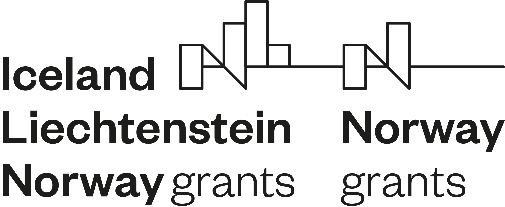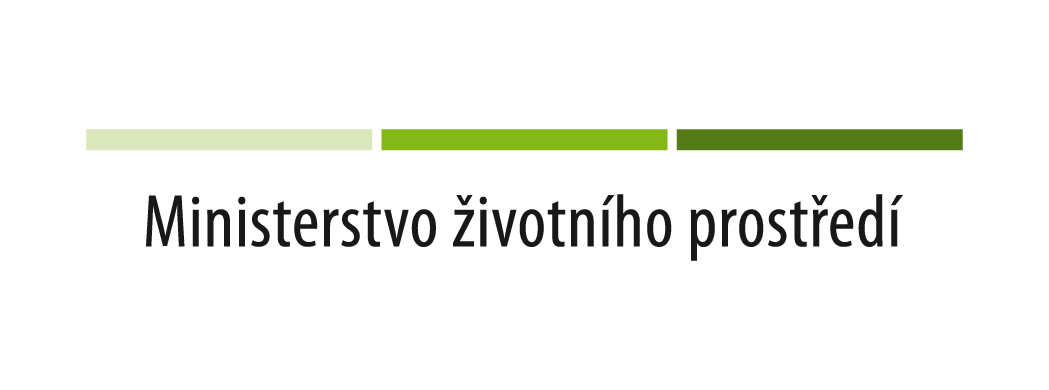What makes the castle in Lipová exceptional
The exceptionality of the castle in Lipová u Šluknov lies in several levels. Probably the most important moment is the architecture of the building, then its location both in the given locality and in the region of northern Bohemia, and last but not least, the exceptionality of the building can also be seen in its connection to the founder of the chateau, an important European aristocratic family of Salmů. The architecture of the castle in Lipová was described in more detail in his expert study by Dr. Líbal in the eighties of the last century, and comes to the conclusion that this is a completely exceptional building, which was built in the first half of the eighteenth century and contains significant structural and building elements of both the early Baroque and specifically Czech construction methods combined with fashionable European construction trends , which find their lessons both in the Saxon region and in France. In this way, a very moderate building was created in the period of the emerging Rococo, based on classical Baroque forms and patterns, but clearly giving preference to classical moderation and moderation over excessive Baroque flamboyance or even Rococo frivolity. This very interesting form is currently called baroque minimalism by experts and historians of architecture. The whole creates a very rare landmark, which has no parallel in the region of northern Bohemia, but also in the adjacent Saxony. The structure is also one of only two surviving structures attributed to the prominent painter and architect Girolamo Costa. As indicated, the architecture of the castle is highlighted in its exceptionality by its location in the given locality on the bank of the ten-hectare castle pond on the outskirts of the village. The builder transformed the surrounding landscape into a baroque landscape, which was co-created by newly planted avenues, newly built sacral buildings, but also utility buildings, which made the entire estate a very profitable and economically prosperous enclave.
The location of the castle and its architectural solution in the form of a classic three-wing baroque castle building is completely unique in the region of northern Bohemia and is not repeated even in the neighboring Saxony, where, as in our territory, buildings typical of the Saxon Renaissance dominated.
The founding family of the Salms received the inchoate in Bohemia already during the reign of Emperor Rudolf II. and connected by family ties with the oldest ancestral Czech nobility (the Slawat family as the successors of the Vítkov family). The Old Count family of Salm, settled in Bohemia, was of the Catholic faith, but behaved very tolerantly on their estates, both from a confessional and a social point of view, which was manifested by the extraordinary dynamic economic flourishing of the Hainspach estate (today Lipová). The individual members of the family achieved significant positions not only in power or politics, but also in the scientific and cultural fields, especially in the area of patronage and collection funds. Unfortunately, to this day, no important monographic study has been scientifically prepared that would bring the Czech audience closer to the history of this very important European family, which planted its roots in the Lands of the Czech Crown as early as the sixteenth century and which finds its roots as early as the ninth century and derives its origin with documentary evidence from Charlemagne. This gap has recently been filled by two new publications published by Via Tempora Nova and whose publication was supported by the Ministry of Culture. What is true for the Salm family in Bohemia (in Moravia, these blank spaces are gradually being filled with important publishing works linked to another family castle in Rájc), then it is doubly true for the author of the castle architecture, which in its time preceded the events of the time in Bohemia by half a century . Not only has no publication been published about Girolamo Costa, but his life and work are practically not mapped at all, although he is one of the most important figures of the time of Kryštof Dientzenhofer and his workshop. And, of course, for the wonderful work decorating the north of our country, we are clearly indebted to His Excellency, the high-born lord Leopold Anton of the Holy Roman Empire, the Archduke of Salm and Reifferscheidt, the lord of the estates of Hainspach, Štiřín, Kostelec, Čejetice, etc., and the highly noble archbishopric and electorate of the Hereditary Marshal of Cologne , Order of St. Michael the Great Cruiser and Their Imperial and Royal Majesties the Real Privy Council, Chamberlain and Field Marshal General, the investor and the owner of the basic idea for building this magnificent work of European Baroque.



